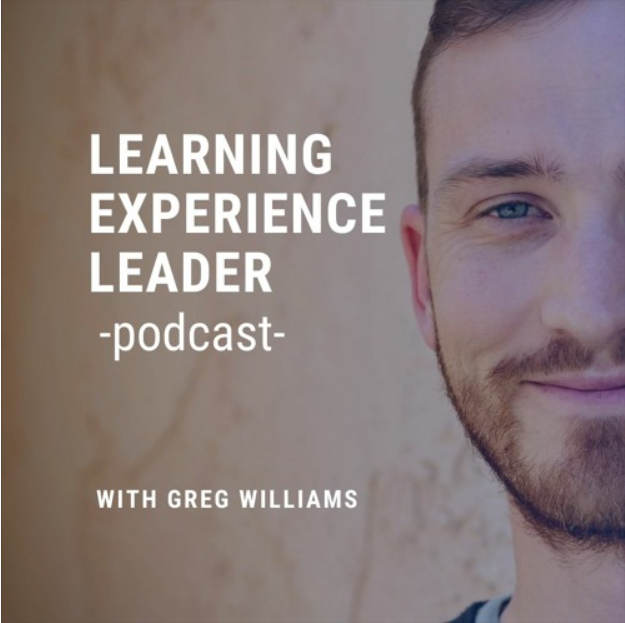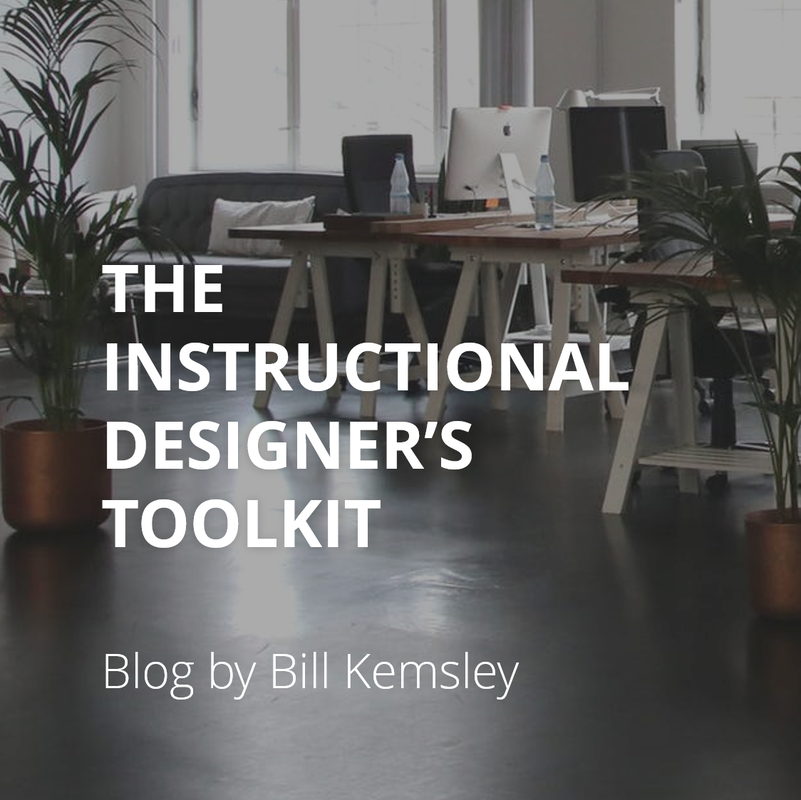Why did you pursue a career in the instructional design and technology field?
I liked the design process and I was interested in learning because I had to discover a lot about learning on my own to find workarounds for dyslexia. What are some of your day-to-day responsibilities in your roles? As a product manager I need to recognize the demand and make the business case for software products. I have to create plans for market validation, design, development, go to market, and continuous improvement. I generally manage the day to day work of software engineers, QA engineers, and data scientists with agile methodologies, though those team members usually report to other managers. As a PM you have to use influence to achieve product success without being the supervisor of most of your team. I manage the product, not the people. I also have to represent the company at conferences in presentations or at the vendor booths. I also use my research background for product marketing to create white papers or organize research studies with client institutions. How have you found your jobs? What advice do you have for someone trying to find a job in the instructional design and technology field? It is important to have a good resume (use a paid service to evaluate your resume, get it aligned to the key words for your industry, etc.). You should over prepare for your interviews, practice role playing with someone more experienced than you. Come up with a list of at least three questions about the company or role for each person you interview with. Make a bullet list of your accomplishments and their attributes and practice taking about them in the context of answers to a variety of questions. Get comfortable talking about yourself in short power statements (e.g. I am an "x", a "y", and a "z", for example......etc., this shows how I can bring my ability for x, y and z to your organization). Be prepared to say in an interview what you would do to help improve some important aspect of the company, product or service in the role you are applying for. Applying for jobs directly without an inside connection to the company isn't usually a successful strategy, especially in your early career. You must network. Connect with everyone in your circles on LinkedIn (your ward, your program, your parent's ward, your coworkers, people you meet at conferences, etc.) as you build you network, you can look in their contacts and ask for informational interviews or introductions to people in the industry or at the companies you are interested in joining. Set up job alerts for roles you are seeking but always look for a way to connect with someone at the company where you would like to work. An internal referral is the best way to get an interview. Once you get your job, be sure to reach back out to the people who helped you and networked with and thank them. Find a mentor. Lastly, create a close knit group of people you trust in your field and meet with them regularly to share best practices and discuss how to overcome challenges you are facing. In what ways did your graduate program prepare you for your career? I went into the corporate instructional design world after my masters because I was worried about a low pay ceiling in higher education. I discovered software product management through some projects at work and decided that I wanted to make a transition. I initially tried to get into some top business schools but was not successful so I started the IP&T PhD program where I discovered MOOCs and Learning Analytics. My research emphasis opened the doors to Stanford where I designed project-based learning MOOCs for large scale online classes. I had become interested in the EdTech entrepreneurship world so when a professor I worked with at Stanford asked me to join one of his student's startups I made the jump. I founded DropThought Education, a student feedback platform, as part of a parent startup DropThought. After DropThought's acquisition, I wanted to stay in the analytics space and focus on helping drive social justice, upward mobility, and student success in higher education so I joined Starfish (Hobsons) as an analytics product manager for the academic advising platform. I then transitioned to my current position at Burning Glass where I manage workforce insights products for higher education clients. I use my instructional design background every day in the design process for product management as well as in how I think about user personas, product marketing, customer adoption, and customer training. The learning theory/learning sciences concepts I acquired in my Ph.D. have provided me with important insight and credibility that have helped my EdTech employers. The research and statistics background from the program has been critical to my analytics career and in helping my EdTech employers stay honest in their efficacy claims. Companies: K12 Inc., AppDynamics, Mountainland Technical College, DevMountain, AllenComm Job Titles: Instructional Designer, Instructional Design Manager Why did you pursue a career in the instructional design and technology field?
I was interested in something more stable than my previous career, and that would reward my creativity and interest in psychology. What are some of your day-to-day responsibilities in your roles? It always changes with Instructional Design. Some companies are really into PowerPoint, some are really into Storyline, and some build things right in the LMS. So if you are doing production ID work you will be expected to match that modality. If you're not on production, or not JUST on production, then there are a lot of meetings, design documents, presentations, and instructional strategy that you need to work on. How have you found your jobs? What advice do you have for someone trying to find a job in the instructional design and technology field?
|
AboutLearn more about the career paths and day-to-day responsibilities of people working in the corporate sector of the IDT field! Respondents are students and alumni of the BYU IP&T program.
View by Company
|






